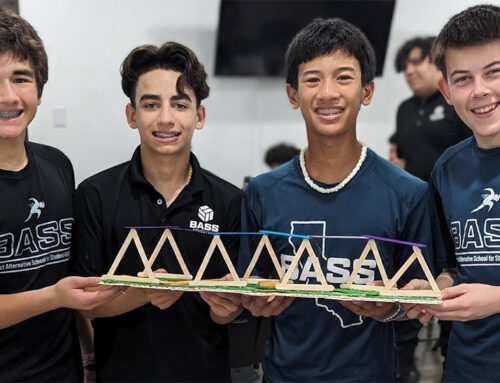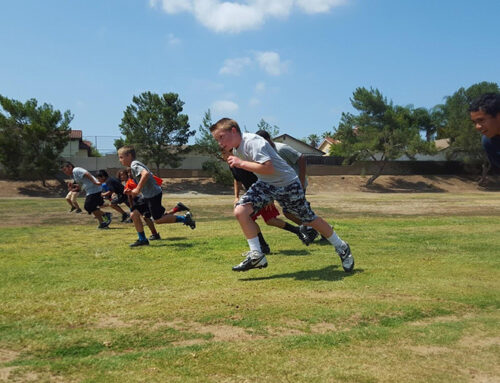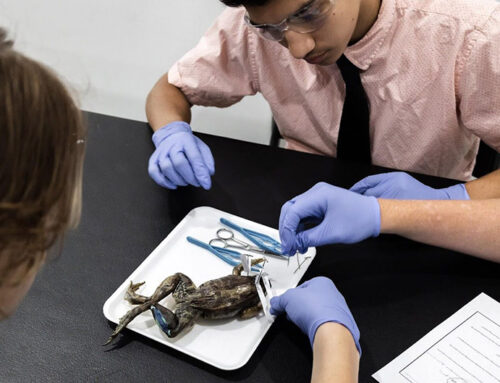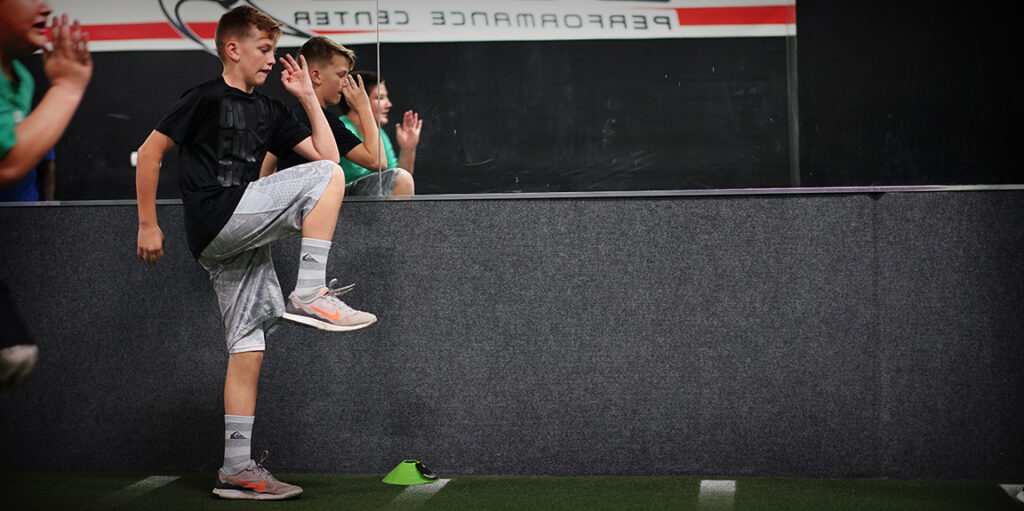
There aren’t many sports where speed is not a huge asset. The quest to get faster is what I hear from athletes and parents 95% of the time at my gym, the Boost Performance Center in Corona CA. The ability to gain speed is accessible to every athlete who’s willing to work for it, though not all gains in speed are created equal. Make no mistake, because of genetics some athletes will always be faster than others. But increased speed gains can be unlocked with a combination of correct technique, strength development, and building power. In this article we’re going to focus on technique drills each athlete can be doing to increase speed at any level.
Before going into each drill it’s important to understand the intention of speed exercises. The goal of movement drills is to attain efficiency while running. This helps an athlete with 3 things:
1. Achieve proper leg and arm action
2. Coordinate the movements of the legs & arms
3. Developing proper force production while running
For speed I break my movement mechanics into 2 types, acceleration, and max speed. Each drill requires different progressions going from most basic, to moderate, to advanced. In this article we’re going to focus on acceleration.
Acceleration Drills for Speed
A-march (Basic)
A great beginner drill to teach proper running mechanics. This exercise is exactly what it sounds like, marching with the goal of maintaining good posture, driving each knee off the ground to achieve a 90 degree angle in the hips. The arms should also be bent to maintain a 90 degree angle and synchronized with the legs so that the right arm moves in unison with the left leg, and the left arm moves in unison with the right leg.
A-skip (Intermediate)
A progression from the a-march, this drill focuses on the transition of hip flexion (knee drive) to hip extension (putting the foot down), giving the feet a piston-like action while accelerating. The arms are used here not in a running motion, but rather to accentuate the rapid hip transition by quickly touching the finger tips under the leg as it drives forward. Once efficiency of the leg action is achieved, athletes can then add proper arm action.
Resisted A-skips (Advanced)
Once the a-skip is mastered an athlete can then add resistance by pushing a sled, where leg and foot action will be the main emphasis. An athlete can also tow a sled or use band/bungee resistance where the arms and legs will be synchronized. Resisted skips will require athletes to apply more force against the ground for forward movement which is critical for sprinting.
Wall Strikes-Individual (Basic)
This drill again teaches the piston like actions our legs exhibit during acceleration. Athletes take a 45 degree lean against a wall and drive each leg up one at a time so the hip is flexed at 90 degrees. Athletes will briefly hold the position of one leg up (flexed) and one leg down (extended) until switching. Switching legs can be cued by the athlete herself, a coach, or training partner. Good posture should be maintained keeping the hips in alignment with the shoulders.
Wall Strikes-Continuous (Intermediate)
Now the athlete will sprint in rapid fire for 5-15 seconds. Typically an athlete can go as long as good technique is maintained. Once stopped, athletes should hold the position of one leg flexed and one extended.
Wall Strikes with Arms (Advanced)
Once an athletes leg action is on point and posture can be maintained, the arms can now be included. Adding the arms adds another level of difficulty as athletes will have synchronized arm and leg action while maintaining good posture. Reps will now be performed in a 2 step in order to account for 2 arm strikes.
Forward Low Walk (Advanced)
This drill emphasizes 2 things. The low center of gravity athletes demonstrate while accelerating & the deep flexion of the ankles and low angles of shins. Though it may look easy, this drill requires a lot of strength to hold this position. Distances can vary from 10-25yds, as long as good form is maintained.
While I labeled these drills based on the level of difficulty, I encourage all athletes to start at the most basic level, and allow themselves to naturally progress. Each level builds off the previous so mastering each drill is crucial for progression. Incorrect technique, or lack of fluidity in movement are signs that a drill has yet to be mastered. Incorporating these drills into your workout regimen will ensure that your drive phase will go 0 to 100… real quick!
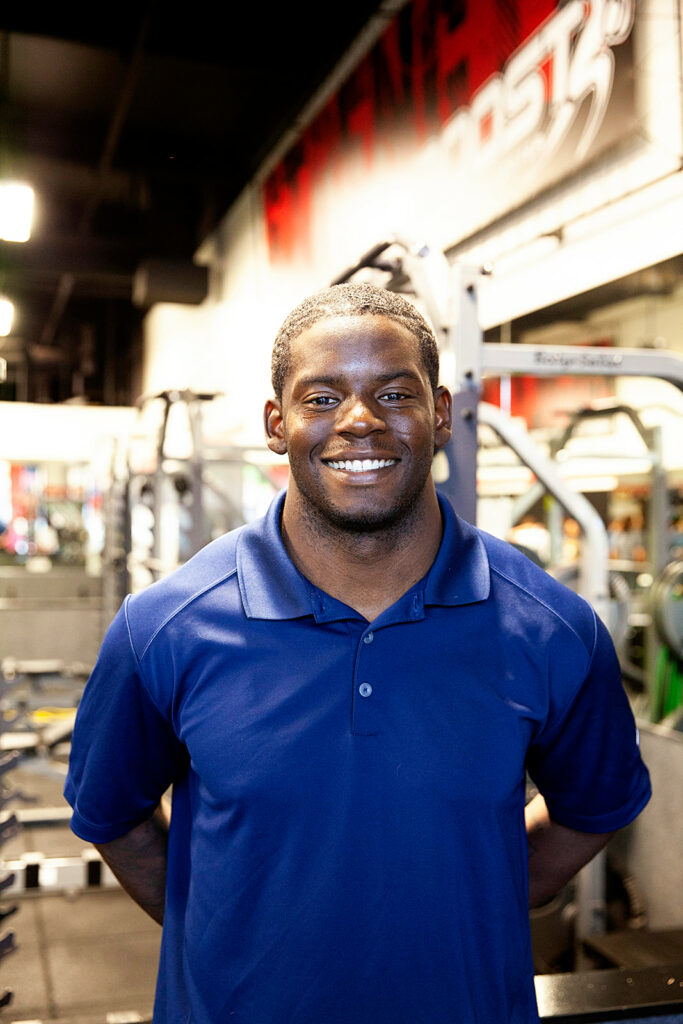
Level 1 & 2 Coach Bommarito Performance
CSCS / USAW

